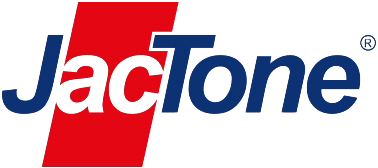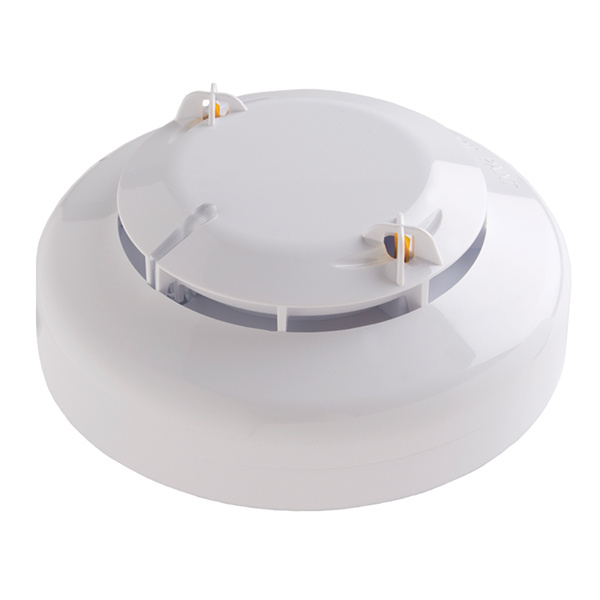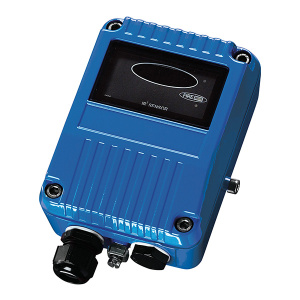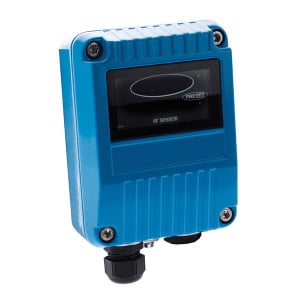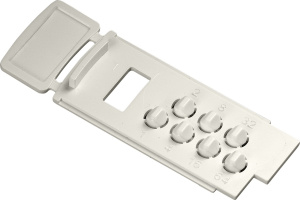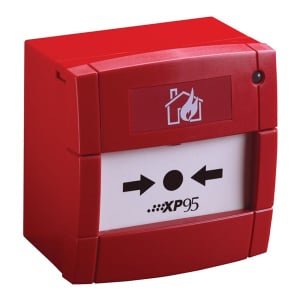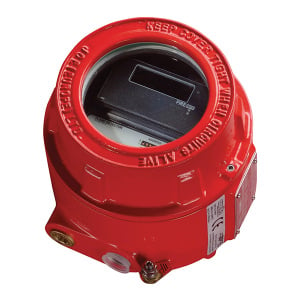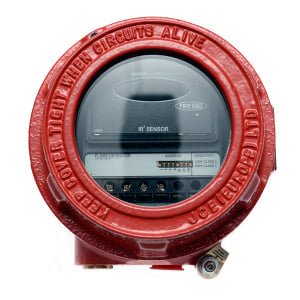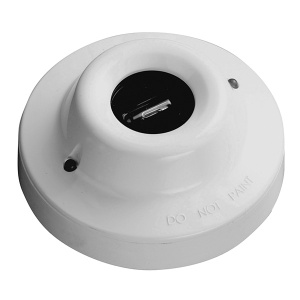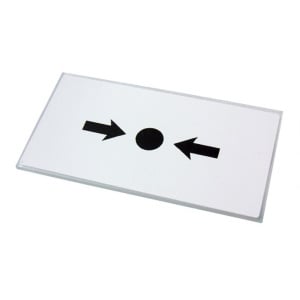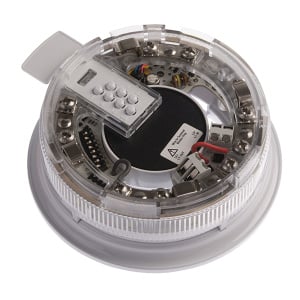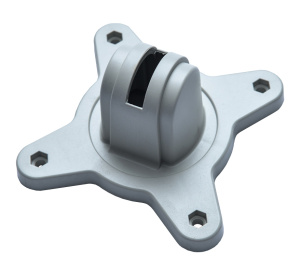This website uses cookies to ensure you get the best experience on our website. Read our cookie policy
SKU
SA5100-400APO
£41.33 £34.44
Apollo Soteria Heat Detector c/w Isolator - SA5100-400APO
- Buy 10 for £37.26 £31.05 each and save 10%
- Buy 20 for £36.96 £30.80 each and save 11%
- Buy 50 for £36.66 £30.55 each and save 11%
The Soteria Heat Detector features two heat sensors located laterally to ensure accurate heat detection in all orientations.
Electrical Description
The Soteria detector is designed to be connected to a two-wire loop circuit carrying both data and power. A version with a short-circuit isolator integrated into the detector head is also available.
Operation
The low profile design of the Soteria Heat Detector is sleek and evolutionary, with a 360° LED indicator which illuminates red when in alarm, yellow to indicate a fault and green to indicate protocol activity.
- Dual heat sensors to ensure a accurate response in all orientations
- Seven operating modes (Mode 8 not used)
Heat detector classifications are defined by EN 54-5 as shown in Table 1, each class specifies an application temperature and a static response temperature. Application temperatures define the environmental temperatures the detector can be expected to experience in non-fire conditions. Classes should be selected so that the maximum application temperature is not exceeded. The static response temperature indicates the temperature which the device will produce an alarm signal. In addition to the basic classification a detector may be given an “R” or “S” suffix.
The “R” suffix indicates that the detector has been designed to have a rate-of-rise characteristic. “R” suffix detectors will produce an alarm signal when exposed to a rapid temperature increase. Slower temperature rises will not generate an alarm unless they exceed the static response temperature. A “R” suffix detector will therefore give a rapid fire response even when starting from an ambient temperature well below its typical application temperature.
The “S” suffix indicates that the detector will not produce an alarm signal below its minimum static response temperature even when exposed to high rates of rise of air temperature.
Soteria Heat Detectors have seven available modes which correspond to seven “classes” as defined in EN 54-5. To ensure backwards compatibility, Modes 1 to 5 inclusive are identical to the modes used in Discovery Heat Detectors. Modes 6, and 7 provide additional heat detector classes and are exclusively available to CoreProtocol enabled fire control panels. Each class corresponds to a different response behaviour and is designed to be suitable for a range of application temperatures and fire risks.
Device Addressing
A universal XPERT 8 card is supplied with all XPERT 8 Intelligent Mounting Bases. Using a coding guide, pips on the card are removed to set the address of the detector. This simplifies and speeds up installation, commissioning and maintenance. The address location remains the same no matter how often detectors are replaced.
When Soteria devices are used with CoreProtocol, device auto-addressing can be enabled by fire control panels that have been designed to incorporate this feature.
Communication
Soteria uses the new digital CoreProtocol to allow more advanced control and configuration, whilst maintaining backwards compatibility with previous generations of Apollo products – XP95 and Discovery. Discovery and CoreProtocol make use of the Normal, Read and Write modes with additional non-volatile data fields made available to the fire control panel.
Backward Compatibility
Soteria detectors have been designed to operate on XP95 and Discovery loops. This allows for Soteria detectors and bases to operate on existing systems and for Soteria detectors to operate on XP95 and Discovery bases (XPERT 7 Intelligent Mounting Base).
It should be noted that not all features of Soteria will be available when used with XP95 or Discovery fire control panels. If Soteria detectors are used with XP95 fire control panels incorporating drift compensation algorithms, these must be disabled when communicating with Soteria devices.
When Soteria detectors are used with an XPERT 7 Intelligent Mounting Base on a CoreProtocol system, Soteria devices will have a +128 address offset due to only 7 address pips being available on the XPERT 7 card. For example, an XPERT 7 card set at 32 will address as 160 on CoreProtocol with Soteria detectors.
Mounting Base sold separately (click here for XPERT8 mounting base)
Watch the Video
| Key Features |
|---|
| > Dual heat sensors > Utilises digital CoreProtocol communications > Compatible with XP95 and Discovery systems* > Mechanically compatible with existing bases > Available with or without integrated switchable isolator > Tri-coloured LED status indicator > Polycarbonate moulding for colour stability and strength > Comprehensively tested to exceed EN 54-5 standard > FasTest® for quicker testing of detectors > XPERT 8 card addressing > Locking mechanism (grub screw) > *Note: Not all features are available when Soteria devices are connected to an XP95 or Discovery fire control panel > Mounting Base sold separately (click here for XPERT8 mounting base) |
| Manufacturer | Apollo Fire Detectors |
|---|---|
| MPN | SA5100-400APO |
Write Your Own Review

Sort By:
No questions yet. Be the first to ask the question!




































